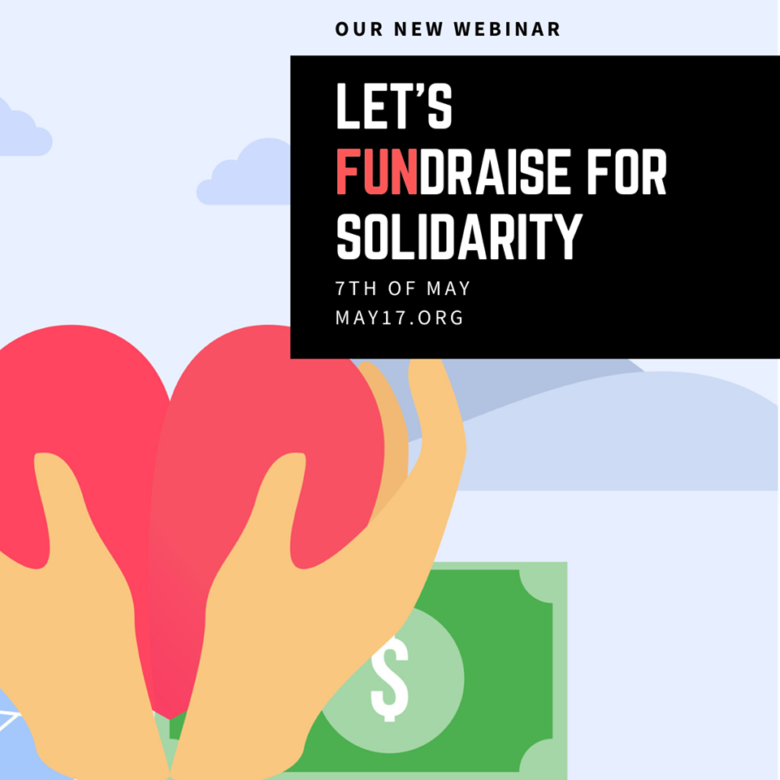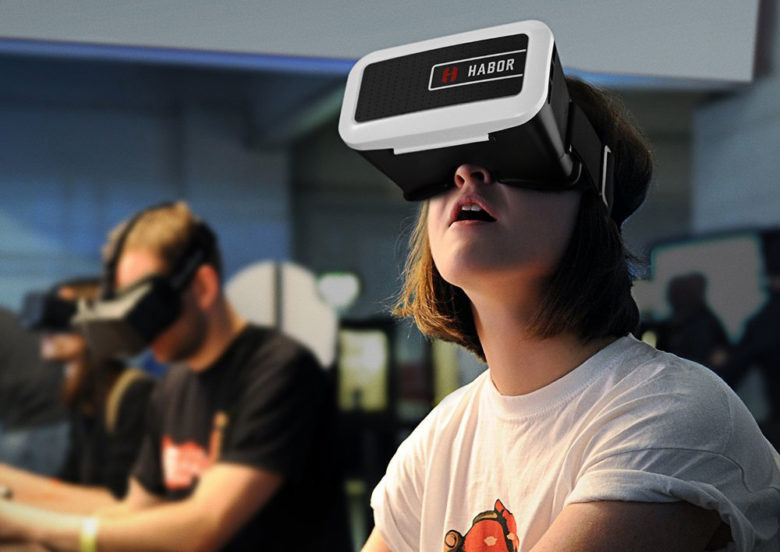Webinar recording – Let’s FUNdraise for solidarity !
The International Day Against Homophobia, Transphobia and Biphobia on MAY 17 2020 will definitely be significantly different from many previous ones. The whole world is still affected by the COVID-19 crisis, and in the areas where the pandemic has slightly weakened, work is being done to repair the repercussions and ramifications caused by the epidemic.
Offline events will be mostly impossible. At the same time, many of us are busy caring for the most vulnerable in our communities and we desperately need funds.
So May 17th could be a good moment to organise a fundraiser event that could reach out to people beyond our close circle of common supporters.
We discussed this through examples and useful tools in our last webinar – Let’s FUNdraise for solidarity.
We hope it brings you inspiration and renewed momentum for action
https://www.youtube.com/playlist?list=PL3rl07O0rdJxAI6ck4d8oWmNZezdr8O_k





